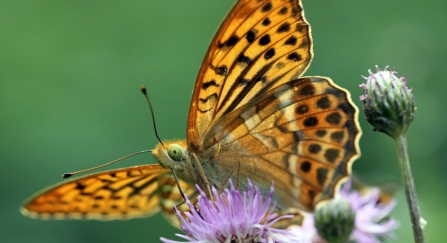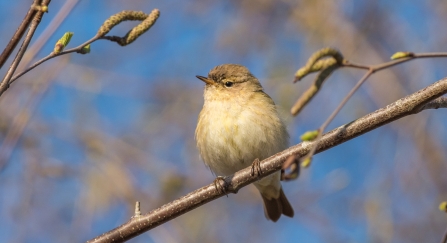Winter is when we carry out much of our woodland management work. Visiting one of our woods you are likely to see evidence of management activities such as tree felling, coppicing (cutting of shrubs and undergrowth), cutting back along paths and woodland rides, and mowing.
What are we hoping to achieve?
We are trying to create woodland with a varied structure comprising a mix of trees and shrubs of different ages and heights around a network of open rides and glades. This benefits a wide range of woodland plants and animal species.
Why is this necessary?
Woods in Leicestershire and Rutland (and throughout much of the UK) are too small and isolated to be fully functioning ecological units. Woodlands have also been intensively managed for hundreds of years as a source of firewood and timber for buildings, tools and other woodland products. So they are no longer ‘natural’ woodlands.
Historically, tree species composition has been altered by selection and planting, with the age structure affected by the repeated cutting to generate younger timber trees and shrubs.
More recently, the decline of traditional woodland management has left many sites dominated by mature trees with little open space. The lack of management has proved detrimental to a number of woodland species dependent on that support. An example being the decline in fritillary butterflies – many of which disappeared from the woods of Leicestershire and Rutland in the second half of the 20th century.
As a consequence of all this, we are left with a situation where we have to intervene to manage woods for nature conservation in order to preserve the wildlife which inhabit them.


